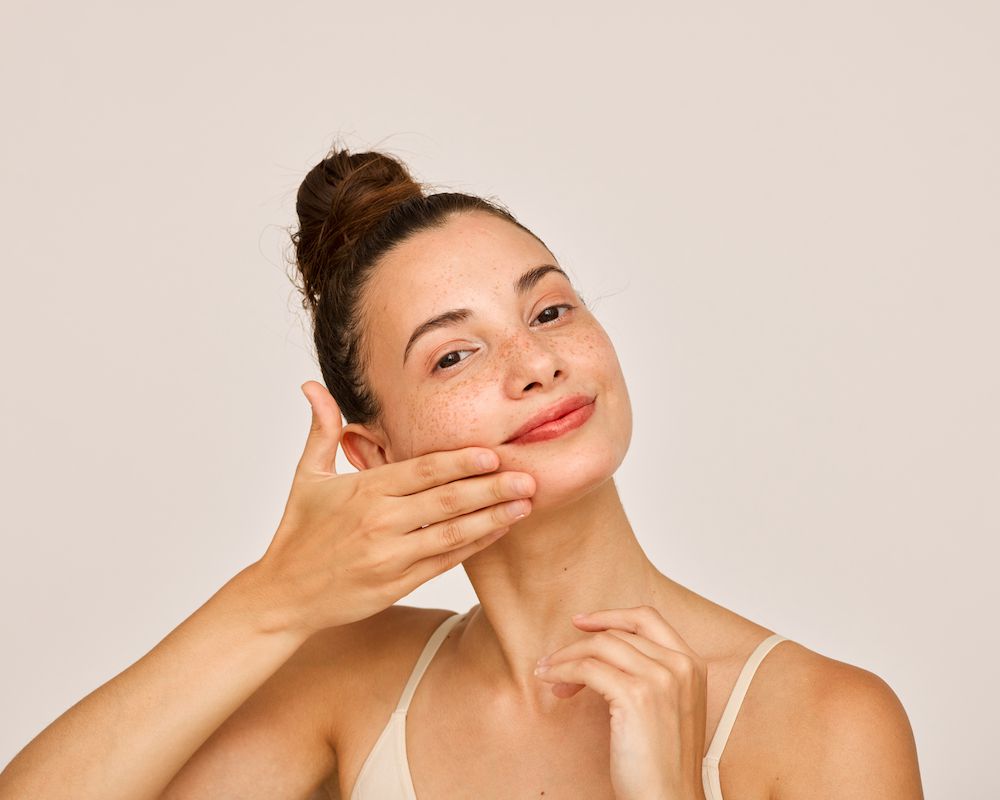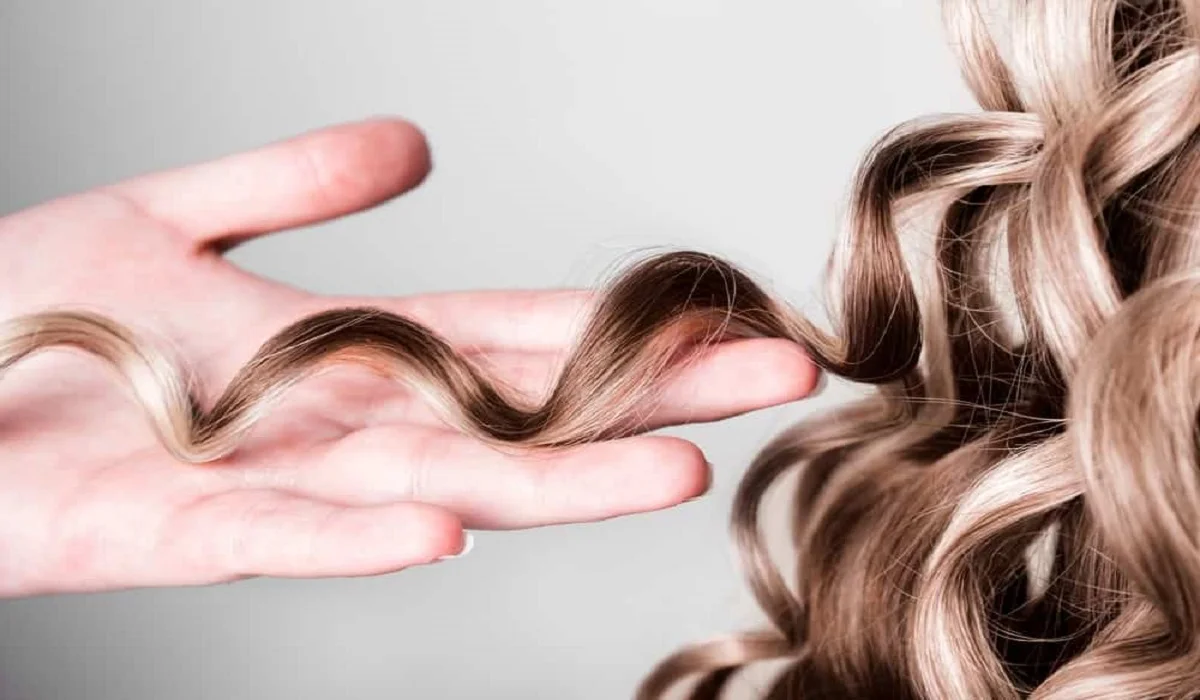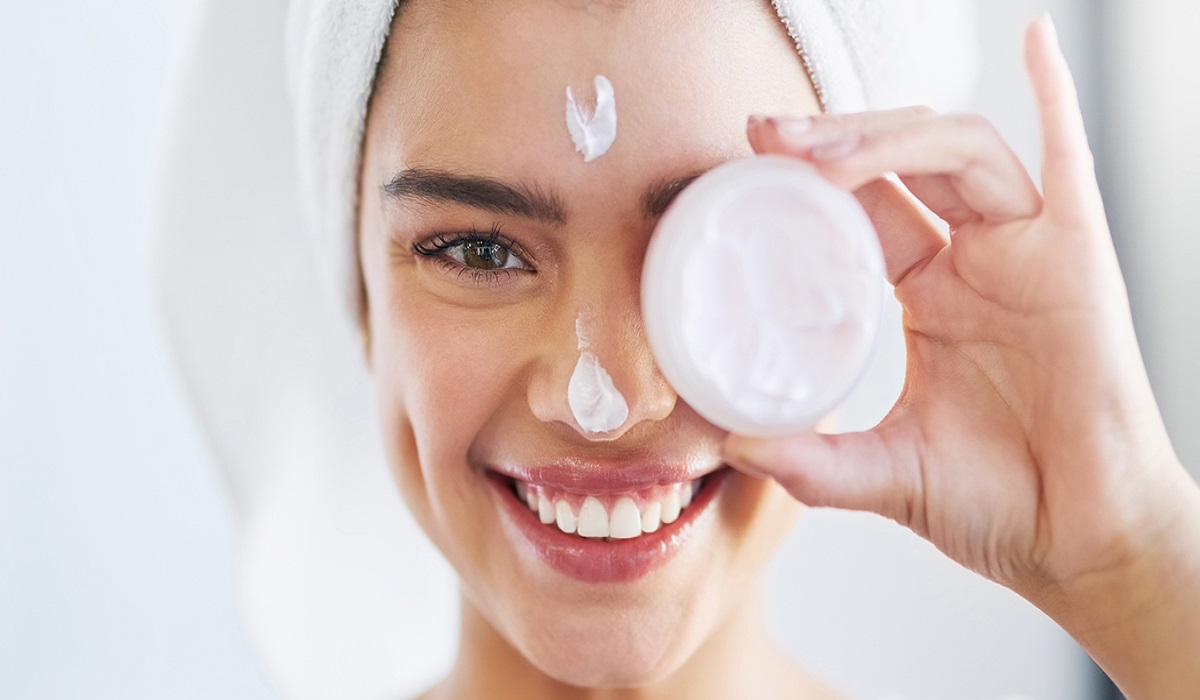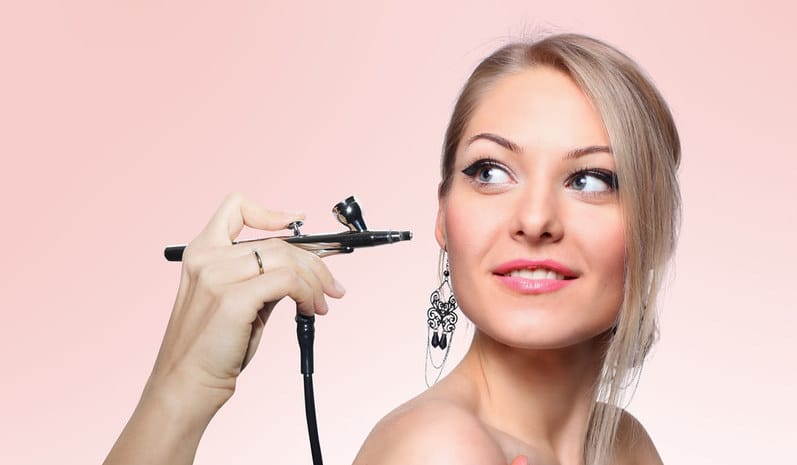
The world of skincare is constantly evolving, introducing innovative techniques and trends from different corners of the globe. One such trend that has gained significant popularity is the Jelly Skin C-Beauty Technique. Originating from China, this skincare approach focuses on achieving a radiant and hydrated complexion reminiscent of the plump and translucent appearance of jelly. In this article, we will delve into the concept of Jelly Skin, explore the steps involved in the C-Beauty Technique, and discuss the key benefits it offers for your skin.
Understanding Jelly Skin:
Jelly Skin refers to a dewy, translucent, and hydrated complexion that appears plump, supple, and radiant. Inspired by the smooth and bouncy texture of jelly, this skincare concept aims to achieve a youthful and healthy-looking appearance. Jelly Skin prioritizes hydration and focuses on enhancing the skin’s natural glow by nourishing it from within.
The C-Beauty Technique:
The C-Beauty Technique encompasses a multi-step skincare routine designed to achieve Jelly Skin. It involves a combination of meticulous cleansing, intensive hydration, and targeted treatments to promote a translucent and luminous complexion. Let’s explore the key steps involved in the C-Beauty Technique:
a. Double Cleansing: The C-Beauty Technique begins with a thorough double cleansing method, using an oil-based cleanser to remove makeup, SPF, and sebum, followed by a water-based cleanser to eliminate any remaining impurities. Double cleansing ensures a clean canvas for subsequent skincare steps.
b. Gentle Exfoliation: Exfoliation is crucial in the Jelly Skin C-Beauty Technique, but it focuses on gentle exfoliation rather than harsh scrubs. Enzyme-based or chemical exfoliators are preferred to remove dead skin cells and promote a smoother texture without causing irritation or stripping the skin.
c. Hydrating Toner: Hydration takes center stage in the C-Beauty Technique. A hydrating toner, often referred to as an essence or a lotion, is applied to infuse the skin with moisture and improve its ability to retain hydration. This step helps to plump the skin, creating a bouncy and resilient appearance.
d. Essence and Serums: Next, lightweight essences and serums are used to address specific skin concerns. These products contain concentrated active ingredients that target issues such as uneven skin tone, dullness, or fine lines. They penetrate deeply into the skin, promoting clarity and enhancing overall radiance.
e. Moisturizing and Sealing: Moisturization is essential in achieving Jelly Skin. A rich moisturizer is applied to replenish and lock in moisture, providing long-lasting hydration and nourishment. Some C-Beauty enthusiasts also incorporate a sealing step by using a facial oil or an occlusive product to create a protective barrier and prevent moisture loss.
f. Sun Protection: The C-Beauty Technique emphasizes the importance of sun protection to maintain skin health and prevent sun damage. A broad-spectrum sunscreen with a high SPF is applied as a final step to shield the skin from harmful UV rays.

Key Benefits of the Jelly Skin C-Beauty Technique:
The Jelly Skin C-Beauty Technique offers several key benefits for your skin:
a. Intense Hydration: By prioritizing hydration, the technique helps to restore the skin’s moisture balance, resulting in a plump and supple complexion. Well-hydrated skin appears more youthful and vibrant.
b. Improved Skin Texture: The gentle exfoliation step in the C-Beauty Technique promotes smoother skin by eliminating dead skin cells and encouraging cell turnover. This can lead to a more refined and even texture.
c. Enhanced Radiance: The combination of deep hydration, targeted treatments, and a focus on skin health in the C-Beauty Technique helps to boost the skin’s natural radiance. By nourishing the skin from within and promoting cellular renewal, the technique can result in a more luminous and glowing complexion.
d. Plump and Youthful Appearance: The Jelly Skin C-Beauty Technique aims to recreate the plump and bouncy texture of jelly, which can give the skin a more youthful and revitalized appearance. The emphasis on hydration and moisturization helps to improve skin elasticity and firmness, reducing the appearance of fine lines and wrinkles.
e. Overall Skin Health: The multi-step approach of the C-Beauty Technique not only focuses on immediate results but also emphasizes long-term skin health. By addressing various aspects of skincare, such as cleansing, hydration, and protection, the technique promotes a balanced and healthy complexion.
Additional Tips for Jelly Skin:
To enhance the effectiveness of the Jelly Skin C-Beauty Technique, consider incorporating the following tips:
a. Stay Consistent: Consistency is key when it comes to skincare. Stick to the routine and allow ample time for the products to work their magic. It may take some time for noticeable improvements, so be patient and persistent.
b. Customize to Your Skin Needs: Tailor the routine to suit your specific skin concerns and needs. Experiment with different essences, serums, and moisturizers to find the ones that work best for your skin type and concerns.
c. Practice Facial Massage: Facial massage techniques can complement the Jelly Skin C-Beauty Technique by promoting circulation, lymphatic drainage, and product absorption. Incorporate gentle massage movements into your routine to enhance the overall benefits.
d. Adopt a Healthy Lifestyle: Healthy skin goes beyond skincare products. Remember to maintain a well-balanced diet, stay hydrated, get enough sleep, and protect your skin from environmental stressors. A holistic approach to skincare can further enhance the results of the Jelly Skin C-Beauty Technique.
Conclusion:
The Jelly Skin C-Beauty Technique offers a comprehensive skincare approach focused on achieving a hydrated, radiant, and healthy complexion. By following the multi-step routine, prioritizing hydration, and emphasizing gentle exfoliation and nourishment, you can experience the plump and translucent appearance reminiscent of jelly. The technique not only enhances immediate skin appearance but also promotes long-term skin health. Embrace the Jelly Skin C-Beauty Technique as a luxurious and effective way to pamper your skin, revealing a youthful and glowing complexion.








